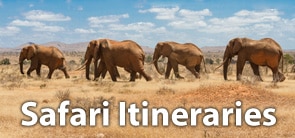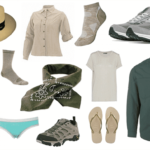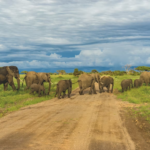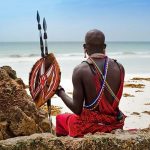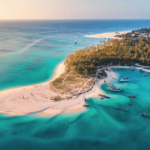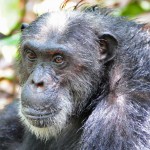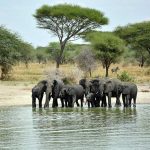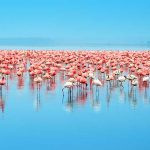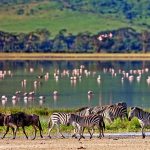7 THINGS YOU MUST KNOW BEFORE CLIMBING MT KILIMANJARO
Rising with pride as the natural hallmark of Tanzania’s standing crown, climbing Mt Kilimanjaro is an aspiring wish of thousands of worldwide travelers. Be it on postcards or souvenirs, below the town in Moshi, or aerial views from the sky, the mountain’s beauty is unforgettable and celebrated around the globe.
While there are so many interesting facts about the mountain, if you are someone who plans to climb Mt. Kilimanjaro, or combined with a safari, here are some things, we absolutely want you to know.

Climbing Mt. Kilimanjaro – photo by Christina Litt
1) The highest free-standing dormant volcano mountain in the world
The imperious elevation of 5,895 meters above sea level makes Mt. Kilimanjaro is the tallest peak and the roof of Africa, and an adventure dream for thousands of travelers to be on top of the world’s highest free-standing mountain. Kilimanjaro National Park protects the area above 2,700 meters on the mountain and includes the moorland and highland zones, Shira Plateau, Kibo, and Mawenzi peaks. The Park has six corridors or rights of way through the Kilimanjaro Forest and Game Reserve in 192. The park was established in 1973 and officially opened in 1977.
2) Kilimanjaro successful climbing rate
On average, 35,000 people attempt to summit Mt. Kilimanjaro annually. Approximately two thirds are successful. Altitude sickness is one of the major reasons to restrict climbers. Acute Mountain Sickness may cause you to descend and forceful climbing may lead to death. Not everyone can quickly adapt to the high altitude weather and therefore follow your guide’s instructions. Diamox helps with vomiting and should be consumed twice a day. Eat well even if your appetite is low and keep yourself hydrated. Climbing slow and steady is a success tip to reach the summit.
Read: Climbing Mt Kilimanjaro with Kearsleys
3) Record-breaking stats
The fastest climbing record by a female is held by Anne-Marie Flammersfeld. She climbed to the summit in 8 hours, 32 minutes in July 2015, via the Umbwe Route, 30 kilometers long. Spanish mountain runner, Kilian Jornet, made the fastest ascent up the mountain in September 2010, at just 22 years of age. He reached the peak in a mere5 hours, 23 minutes, and 50 seconds. The oldest person ever to summit Mt. Kilimanjaro was 87-year-old Frenchman Valtee Daniel.
4) The best time for climbing Mt Kilimanjaro
There is, of course, the best time to climb Mt. Kilimanjaro. There are two trekking seasons; January to March which are usually cold and quiet and June to October and December which is the ‘holiday season’ frequented by tourists from around the world. April, May, and November should be avoided as they are the ‘wet months’. This is also the best time when prices are fairly lower and the trek is not crowded with too many visitors.
5) Are there multiple routes to the mountain top?
Which is the best way to climb Mount Kilimanjaro? There are various route options to reach up to the summit. Each route has its own pros and cons. Acclimatization, detailed itinerary, distance, camping/ hut accommodation, and the number of days to reach the peak are some points to consider. The seven official routes are:
- Lemosho Route
- Machame Route
- Marangu Route
- Northern Circuit
- Rongai Route
- Shira Route
- Umbwe Route
6) Preparing yourself for the hike
Climbing Mount Kilimanjaro does not need extreme or aggressive training. It is essential to do consistent physical exercise to build up stamina such as swimming, jogging, walking, and climbing stairs. Breathing exercises especially yoga stretches, and aerobics help to develop your breathing capacity for better acclimatization.

Reaching to the Roof of Africa by Mouser Williams
7) Mt. Kilimanjaro is 20 something years away from being likable
The last volcanic activity of Mount Kilimanjaro occurred 200 years back, resulting in the ash pit that climbers today can see from Uhuru Peak. Since 1912, Kilimanjaro has lost 82% of its ice cap, and since 1962 it has lost 55% of its remaining glaciers, the major reason being climate change.
Ready to hike the mountain? Fill in your details here.
Cover photo credits – Tour Dust


